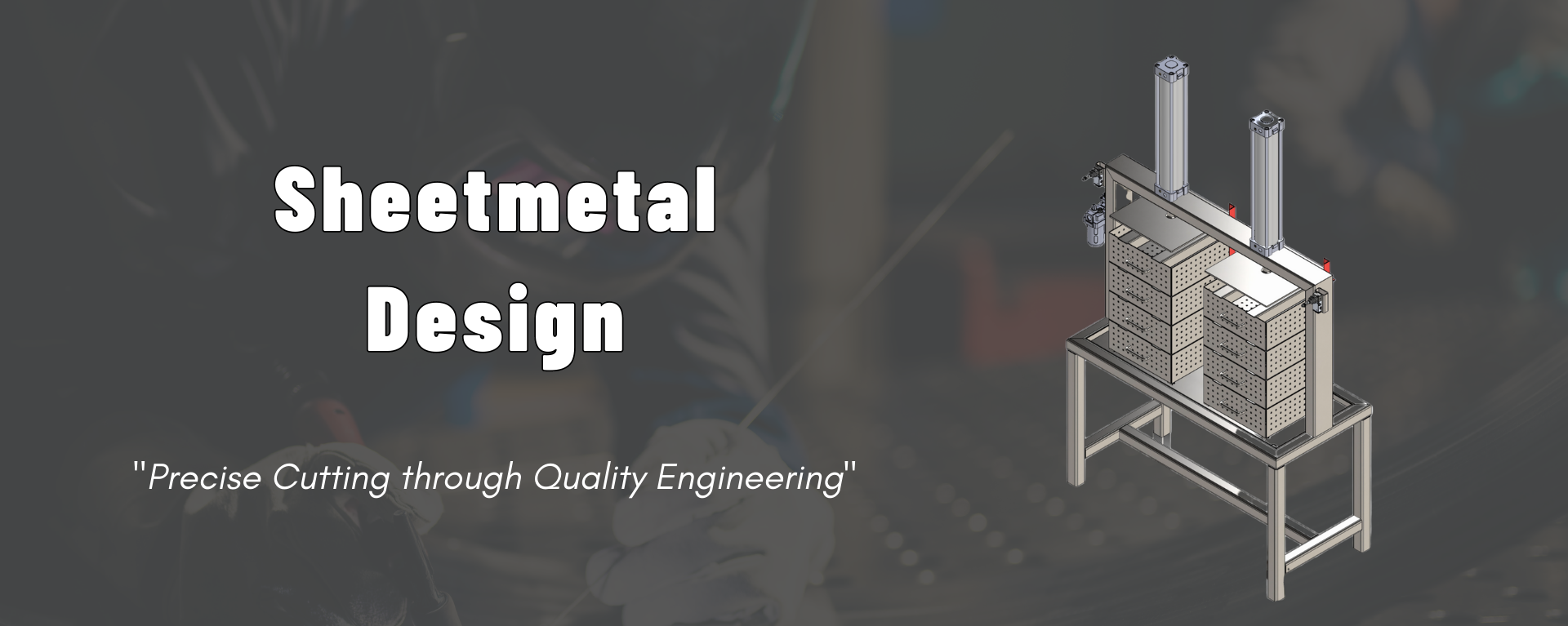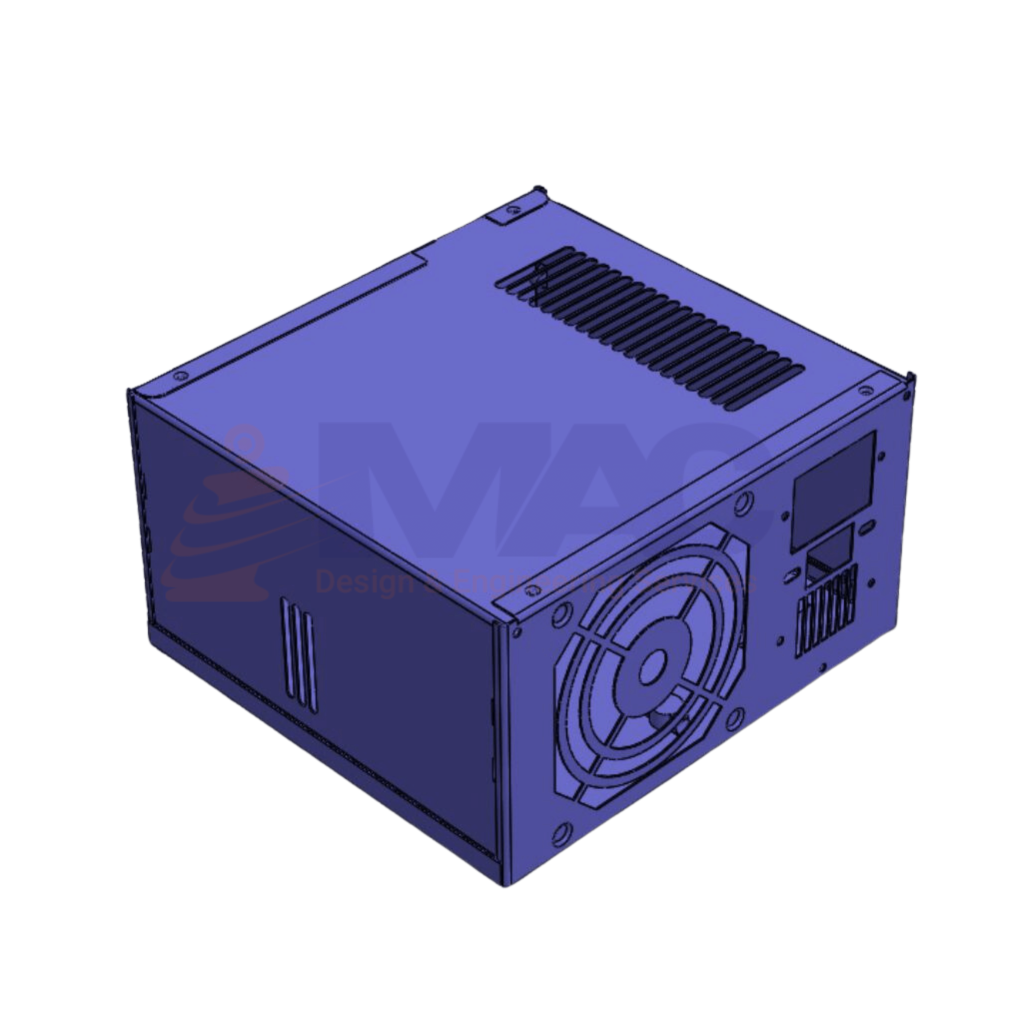
Sheet metal fabrication serves as the foundation for the production of functional prototypes and end-use parts for a variety of industries. Learn about how we prepare sheet metal for use in manufacturing, the methods we employ, and the numerous applications this material finds in us.
One of the most adaptable materials in the manufacturing sector is sheet metal. Steel, aluminum, brass, copper, tin, nickel, titanium, or precious metals are the materials used to make it. It varies in thickness from thin leaf to thick plate, from thin foil to thick leaf. It can take many forms: embossed, etched, ribbed, corrugated, perforated, and plain flat sheets. Additionally, it finds application in a wide range of sectors, including transportation, aerospace, appliance manufacturing, consumer electronics and enclosure, industrial furniture, machinery, and other related fields.
The process of punching, cutting, stamping, and bending metal sheets into parts is known as sheet metal fabrication. 3D CAD files are converted into machine code, which directs a machine to precisely cut and form the sheets into the final part. Parts made of sheet metal are renowned for their durability, making them ideal for end-use applications like chassis. Due to the high initial setup and material costs, parts used for low volume prototypes and high volume production runs are most cost-effective. Parts are made from a single sheet of metal, so designs need to keep the thickness consistent. To ensure that components are closer to the intended design and that metal sheets are cut, adhere to the design requirements and tolerances.

Below are the factors a designer needs to consider while modeling a sheet metal component
Wall Thickness: It is always a good idea to keep the body's wall thickness the same when designing geometry. Math with more than one wall thickness requires sheets of various thicknesses, which requires reorientation and arrangement of parts that consume time. Different parts with different thicknesses will have different bend parameters, which could make it hard to get the shape you want.
Bend Radii: To stay away from any breaks or mutilations, keeping within twist sweep essentially equivalent to the sheet thickness is important. The part will save money if all of the bends have the same radii, so it is important to keep the bend radii the same throughout. While making a curve, it is constantly liked to cause twists in a solitary plane as this will to stay away from any extra reorientation while assembling that part.
Orientation of Holes & Slots: Keep the diameter of holes and slots at least equal to the thickness of the sheet metal. Punch loading, prolonged burnishing, and excessive burr are all consequences of holes with a diameter that is less than the thickness of the sheet metal. A bulge may appear near an edge if the hole gets too close to the edge. The distance between holes should be at least twice as wide as the thickness of the sheet metal.
K Factor: The K Factor in sheet metal working is the ratio of the neutral axis to the material thickness. K Factor changes its value with respect to physical properties and thickness of materials.
Bend Reliefs: Where a bend extends along an edge, bend reliefs are used. The relief notches are there to prevent the part from tearing and easily bending. Sheet metal deformation can be controlled more effectively with relief. In terms of depth, bend reliefs should be equal to or greater than the inside bend radius and should be at least the same width as sheet metal thickness. Bend reliefs can be round, tear, or rectangular.

Common items produced through sheet metal fabrication include kitchen and restaurant equipment, elevators, doors, boats, automobile bodies, irrigation and drainage equipment, guardrails, brackets, mailboxes, siding, roofing, gutters, electronics enclosures, trim, tanks, drawers, ventilation systems, hoods, cutlery, pipes, cabinets, containment systems, and more.
Advantages
Sheet metal is strong and durable
Due to its malleability it can be formed into various shapes while retaining its strength and structural integrity.
Low cost compared to processes such as forging, casting, and extrusion.
Wide range of material.

WhatsApp us